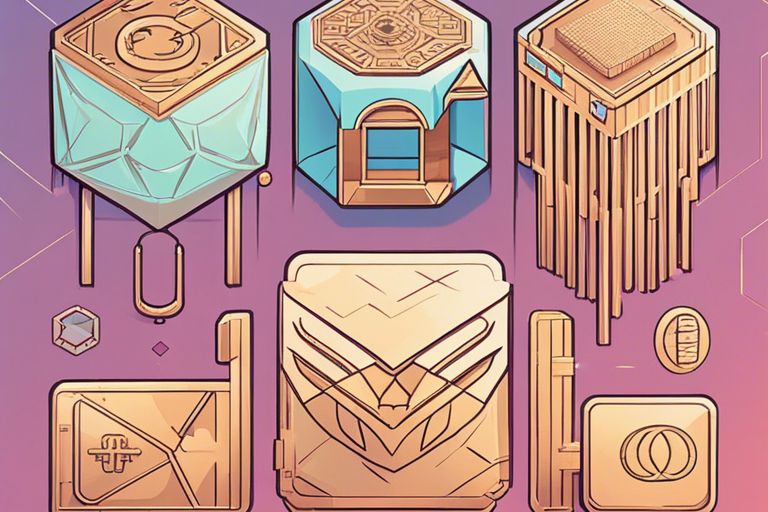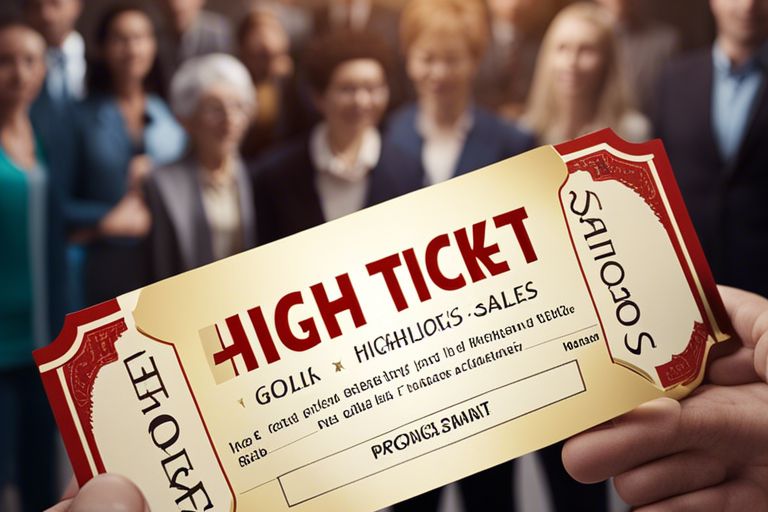Demystifying NFTs – Breaking Down The Basics
Technology has revolutionized the world of art and commerce with the rise of NFTs. But fear not, understanding Non-Fungible Tokens doesn’t require a rocket scientist. In this article, we will demystify NFTs, making complex concepts crystal clear. From defining what NFTs are to exploring their significance and potential pitfalls, buckle up as we research into the world of digital ownership in a way that even your grandma would understand!
What are NFTs?
Definition and History
To put it simply, NFTs, or Non-Fungible Tokens, are unique digital assets that represent ownership or proof of authenticity of a particular item or piece of content, such as art, music, or collectibles. They are stored on a blockchain, a secure and transparent digital ledger. NFTs have gained popularity in recent years, skyrocketing into the mainstream art and entertainment industries.
How They Differ from Cryptocurrencies
With NFTs, each token is one-of-a-kind and cannot be exchanged on a like-for-like basis, unlike cryptocurrencies, such as Bitcoin or Ethereum, which are fungible and can be traded interchangeably. This uniqueness is what sets NFTs apart, allowing creators to tokenize their work and buyers to own verifiable digital assets.
History: NFTs have sparked a digital revolution, offering creators unprecedented opportunities to monetize their work directly and giving buyers the chance to own exclusive digital collectibles. However, the surge in NFT popularity has also raised concerns about environmental impact due to the energy-intensive nature of blockchain transactions. Despite the debate, NFTs continue to redefine ownership and authenticity in the digital age.
The Technology Behind NFTs
Blockchain and Smart Contracts
It’s no secret that NFTs are powered by blockchain technology and Smart Contracts. These digital assets are stored securely on a decentralized ledger, making them tamper-proof and transparent. Smart Contracts ensure that the terms of the NFTs are upheld automatically, cutting out the need for intermediaries.
Token Standards and Protocols
Any NFT adheres to specific token standards and protocols, such as ERC-721 and ERC-1155 on the Ethereum blockchain. These standards define how NFTs are created, owned, and transferred. They ensure interoperability across different platforms and wallets.
Technology: Understanding token standards and protocols is crucial for creating and trading NFTs. ERC-721 is the most widely used standard, ensuring each NFT is unique, while ERC-1155 allows for the creation of both fungible and non-fungible tokens. These protocols provide a solid foundation for the booming NFT industry, enabling secure and efficient transactions.

Creating and Owning NFTs
The Role of Artists and Creators
Now, let’s examine the world of creating NFTs. Artists and creators play a crucial role in the NFT space by minting their digital artwork or collectibles on blockchain platforms. By tokenizing their creations, they can prove ownership and authenticity, revolutionizing the way art is bought and sold.
Buying, Selling, and Storing NFTs
NFTs have taken the digital world by storm, offering a new way to buy, sell, and collect digital assets. From art and music to virtual real estate, the possibilities are endless. When buying NFTs, always research the creator, understand the smart contract terms, and be cautious of scams.
Storing NFTs requires a digital wallet that supports non-fungible tokens. It’s crucial to keep your private keys secure to protect your investments.
The Future of NFTs
Potential Applications and Use Cases
Potential applications and use cases of NFTs are vast and varied. From digital art and collectibles to virtual real estate and in-game assets, NFTs have the potential to revolutionize how we own and exchange digital assets. They can also be used for ticketing, identity verification, and even supply chain tracking.
Challenges and Controversies
Controversies surrounding NFTs mainly revolve around environmental concerns due to the energy-intensive process of minting and trading NFTs. Additionally, there are challenges related to copyright infringement, lack of regulation leading to scams, and the exclusionary nature of NFTs in terms of accessibility and affordability.
Environmental concerns are at the forefront of the NFT debate, as the high energy consumption of blockchain networks used for minting NFTs raises questions about sustainability. However, NFTs also provide artists with a new way to monetize their work and ensure authenticity through blockchain technology, bringing both positive and negative implications to the art world.
Conclusion
As a reminder, NFTs may seem like a complicated concept, but breaking down the basics can make them more understandable. By highlighting key elements such as ownership verification, uniqueness, and the blockchain technology behind them, this article aims to demystify NFTs and make them more accessible to a broader audience. So, next time you hear about NFTs, you’ll have a better understanding of what they are and how they work!
FAQ
Q: What are NFTs?
A: NFTs, or Non-Fungible Tokens, are unique digital assets stored on a blockchain that represent ownership of a specific item or piece of content.
Q: How do NFTs work?
A: NFTs work by using blockchain technology to create a digital certificate of ownership, ensuring the authenticity and uniqueness of the asset.
Q: What makes NFTs different from regular cryptocurrencies like Bitcoin?
A: While regular cryptocurrencies like Bitcoin are fungible, meaning each token is interchangeable with another, NFTs are non-fungible, meaning each token is unique and cannot be exchanged on a one-to-one basis.
Q: What can be tokenized as an NFT?
A: Almost anything digital can be tokenized as an NFT, including art, music, videos, collectibles, virtual real estate, and even tweets.
Q: How do I buy an NFT?
A: You can buy NFTs on various online platforms called marketplaces that specialize in selling and trading digital assets. Popular NFT marketplaces include OpenSea, Rarible, and NBA Top Shot.
Q: Are there risks involved in buying NFTs?
A: Like any investment, there are risks involved in buying NFTs, such as market volatility, the possibility of fraud or counterfeit NFTs, and the potential for a decrease in value over time.
Q: What are some benefits of owning an NFT?
A: Some benefits of owning an NFT include proof of ownership, the ability to support artists and creators directly, the potential for increased value over time, and the opportunity to participate in unique digital experiences.
![]()












